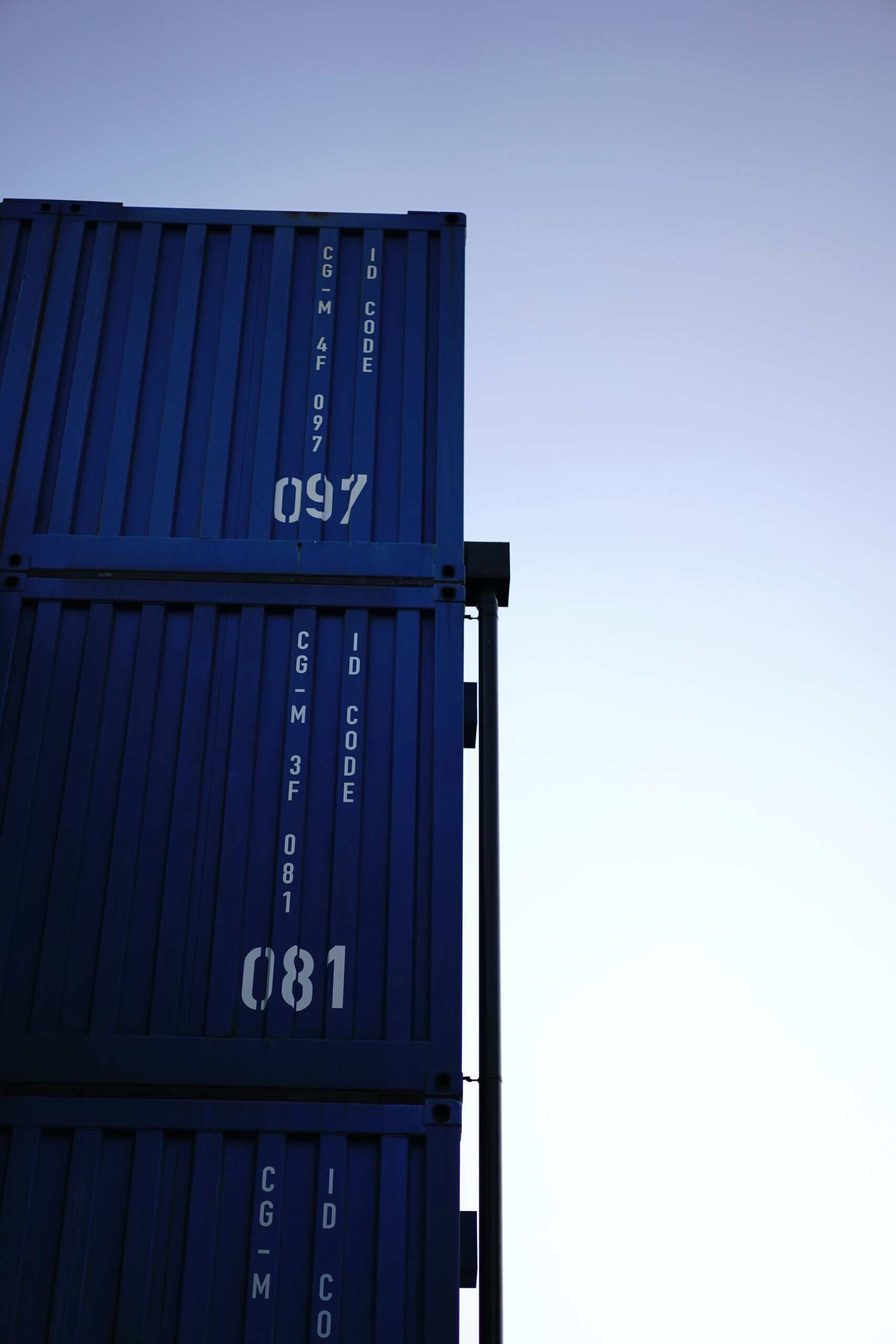Trump’s Tariffs: The Calm Before the Storm?
17 February 2025
Sign up to our newsletter for regular insights from the Hundle team.
On 13 February, President Donald Trump ordered his administration to consider imposing reciprocal tariffs on a variety of trading partners. This announcement follows his long-standing criticism of the global trade system, which he claims is disproportionately unfair to the United States. While the specifics remain elusive, the President has indicated that the tariffs will target not only direct levies imposed by other nations but also non-tariff barriers, such as value-added taxes (VAT), subsidies, and exchange rates, which he views as limiting the ability of the US to compete on a level playing field.
Trump’s plan, though still in its early stages, could have a profound effect on trade relations. However, the market’s response has been muted—at least for now—suggesting that traders and investors are less concerned about the immediate impact than the long-term consequences of these proposed tariffs.
WHAT EXACTLY DID TRUMP ANNOUNCE?
President Trump’s directive is aimed at creating a system of reciprocal tariffs, which would ensure that any tariff imposed by another country on US goods would be met with a matching tariff on their imports to the US. This would represent a significant shift in the approach to global trade, as Trump has previously targeted specific countries like China, but the new policy appears to be much more comprehensive, covering multiple nations.
Trump has indicated that the tariffs would apply to key sectors such as automobiles, semiconductors, and pharmaceuticals, as well as covering non-tariff trade barriers. For example, the European Union’s VAT could be targeted, as the President sees it as a barrier that gives European goods a price advantage over American exports. This approach would go beyond traditional tariffs and include a broad range of policies that Trump believes unfairly disadvantage US trade.
Trump admitted that these measures could result in higher inflation in the short term, but he was confident that the policies would ultimately “pay for themselves.” This stance highlights the potential sacrifice he is asking from US consumers and businesses. However, the lack of concrete details—such as deadlines or even the exact countries affected—has left the markets with more questions than answers.
MARKET RESPONSE: MUTED FOR NOW
The immediate market reaction was surprisingly subdued. Investors did not appear overly concerned by the prospect of reciprocal tariffs, at least in the short term. US equities, in particular, saw an uptick, with major indices rising after Trump’s announcement. The dollar initially spiked as traders adjusted for the expected effects of the tariffs on international trade, but it soon retreated.
While stock markets responded positively, other assets, such as gold, indicated more concern over the longer-term implications. Bond yields initially fell due to data suggesting that the Federal Reserve’s preferred inflation measure would be lower than expected. However, this shift does not fully account for the significant reversal in market direction that followed the President’s speech. Overall, there was a sense that markets had priced in a level of trade tension, but not the full brunt of Trump’s proposals.
It is possible that Trump’s strategy is designed to offer other countries a chance to save face and avoid the escalation of a trade war. The use of reciprocal tariffs, rather than blanket, across-the-board duties, provides room for negotiation, allowing nations to reconsider their trade policies before further actions are taken.
UNCERTAINTY: DON’T UNDERESTIMATE THE TRUMP EFFECT
Despite the calm market reaction, it would be unwise to underestimate the potential volatility that Trump’s trade policy could inject into the global economy. The proposed reciprocal tariffs could disrupt longstanding trade relationships and complicate the already fraught geopolitical landscape. Markets, while initially brushing off the announcement, are likely underestimating the extent to which these tariffs could impact global trade and economic growth.
As history has shown, Trump’s trade policies are characterised by unpredictability, and while markets may not yet be anticipating a major escalation, the possibility of abrupt changes remains high. The impact of these tariffs—should they be fully implemented—could be felt across a wide range of sectors, from manufacturing to consumer goods, and would certainly have an effect on inflation, as Trump himself acknowledged. Moreover, the long-term repercussions of retaliatory tariffs or a broader trade war could cause significant market dislocations.
The complexity of determining reciprocal tariffs and their precise impact means that there is still much to be done. The proposal to evaluate each country’s individual tariff structures, subsidies, and non-tariff barriers creates a formidable task for the US Trade Representative and Commerce Department, and the sheer volume of data involved could delay any actual implementation for some time. Nevertheless, the uncertainty alone is enough to keep market participants on edge.
THE HUNDLE VIEW
In the coming months, we are likely to see continued market reactions to Trump’s trade policy. While the initial market response to the announcement of reciprocal tariffs has been relatively muted, the underlying volatility remains high. The possibility of a trade war or even a fundamental shift in the global trading system should not be dismissed. For investors, the key takeaway is clear: Trump’s trade policies may be unpredictable, and it is crucial to monitor developments closely.
Whether the President’s actions will lead to meaningful concessions from trading partners or spark a broader economic confrontation remains to be seen. One thing is certain, though: the markets’ current sense of calm may prove to be a temporary lull in what could be a much more turbulent period for global trade.

